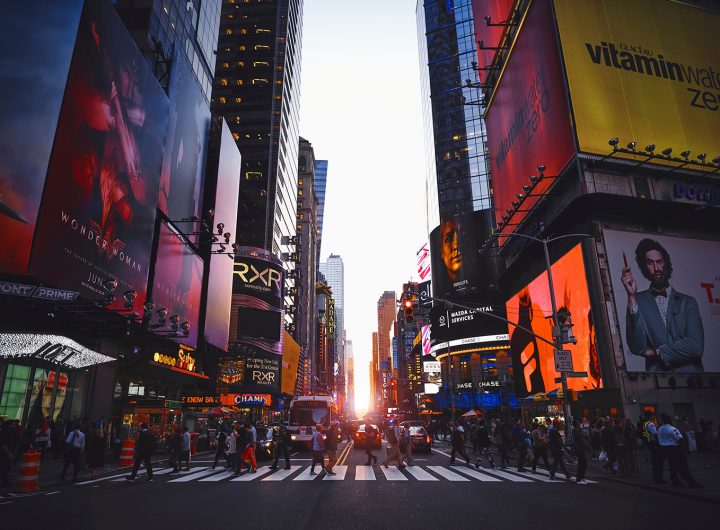- This topic is empty.
-
AuthorPosts
-
06/05/2025 at 13:56 #6906
In the ever-evolving world of fashion, one question remains perennial: What color goes with every outfit? While personal style and current trends play significant roles in our wardrobe choices, understanding the foundational colors that harmonize with a variety of ensembles can elevate your fashion game to new heights. This post delves into the psychology of color, the science of color theory, and practical applications to help you master the art of color coordination.
The Psychology of Color in Fashion
Colors evoke emotions and convey messages, making them powerful tools in fashion. For instance, blue often symbolizes trust and calmness, while red exudes confidence and passion. Understanding the psychological impact of colors can help you choose the right shades to complement your outfits and express your personality effectively.
The Science of Color Theory
Color theory is a framework that explains how colors interact with one another. The color wheel, a fundamental tool in this theory, categorizes colors into primary, secondary, and tertiary groups. Complementary colors (those opposite each other on the wheel) create striking contrasts, while analogous colors (those next to each other) offer a more harmonious look. However, when it comes to finding a color that pairs well with every outfit, certain shades stand out as universally flattering.
The Timeless Colors
1. Black: Often regarded as the ultimate neutral, black is versatile and sophisticated. It can be dressed up or down, making it suitable for both formal and casual occasions. Pairing black with any color creates a chic contrast, allowing the other hues to shine.
2. White: The epitome of simplicity and elegance, white complements virtually every color. It provides a clean backdrop that enhances the vibrancy of other shades. Whether it’s a crisp white shirt or a flowing white dress, this color is a staple in any wardrobe.
3. Navy Blue: A classic alternative to black, navy blue is both professional and stylish. It pairs beautifully with a wide range of colors, from pastels to bold hues, making it a go-to choice for both work and leisure outfits.
4. Gray: This understated color is incredibly versatile. Gray can serve as a neutral base, allowing other colors to pop, or it can be layered with other shades for a more monochromatic look. Its ability to blend seamlessly with both warm and cool tones makes it a favorite among fashionistas.
5. Beige/Tan: These earthy tones are perfect for creating a soft, natural palette. Beige and tan work well with a variety of colors, making them ideal for casual wear. They can also be dressed up with accessories for a more polished appearance.
Practical Applications: How to Incorporate These Colors
– Layering: Use these timeless colors as base layers in your outfits. For example, a black turtleneck under a colorful blazer can create a striking yet balanced look.
– Accessories: Incorporate these colors through accessories such as bags, shoes, or scarves. A navy handbag or a pair of beige shoes can tie an outfit together without overwhelming it.
– Mixing and Matching: Experiment with combinations of these colors and other shades. For instance, pairing a white blouse with a gray skirt and a pop of red in your shoes can create a visually appealing ensemble.
Conclusion
In conclusion, understanding what colors go with every outfit is not just about aesthetics; it’s about creating a cohesive and expressive wardrobe. By incorporating timeless colors like black, white, navy blue, gray, and beige into your outfits, you can ensure versatility and style in any situation. Remember, fashion is an expression of individuality, and mastering color coordination is a key step in showcasing your unique style. Embrace these universal colors, and watch your wardrobe transform into a harmonious collection that speaks to your personal flair.
-
AuthorPosts
- You must be logged in to reply to this topic.

 Google hit with record EU fine over Shopping service
Google hit with record EU fine over Shopping service  Business booming for giant cargo planes
Business booming for giant cargo planes  Trump-Putin: The understandable story
Trump-Putin: The understandable story